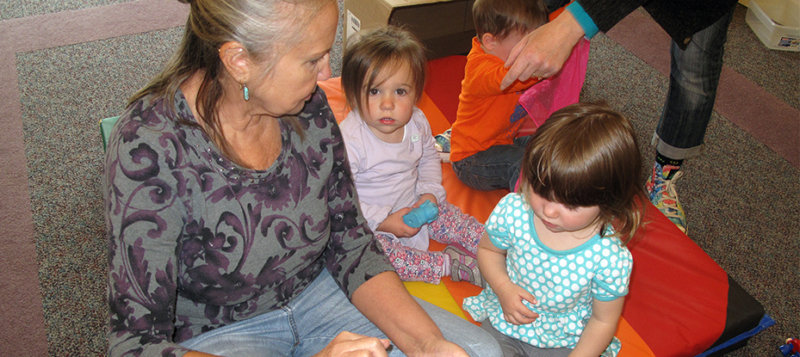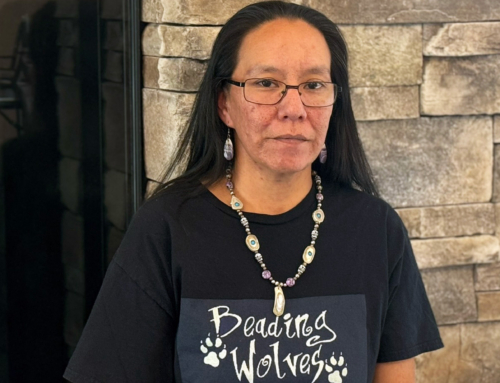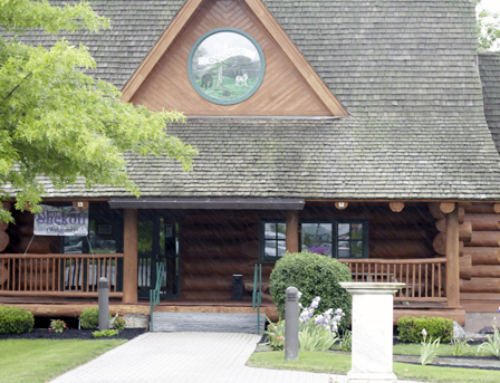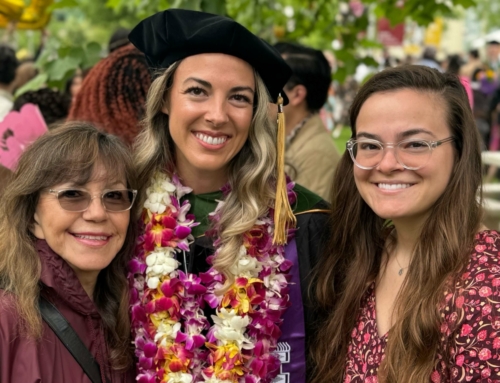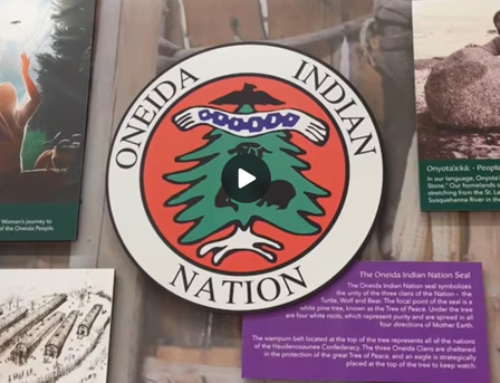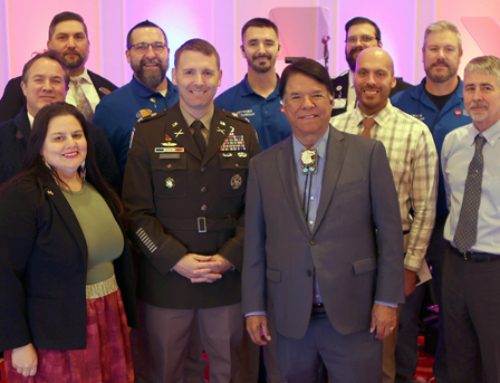Research has long suggested the ideal time to teach a new language is to 4-year-old students because young learners absorb so much.
With that in mind the Oneida Indian Nation language program and Madison-Oneida BOCES (MOBOCES) are developing a curriculum and best practices to ensure all children at the Oneida Indian Nation Early Learning Center are learning the traditional language. With one-year of collaboration already behind them the staff at the Verona school is working on a plan to not only benefit the children, but include current Oneida language learners, teachers and ELC staff on how to bring Oneida to all.
“Daycare and language staff are meeting (with MOBOCES) to develop the best method to share the language with the children,” explained Randy Phillips, Oneida Indian Nation education programs assistant manager. Randy added the curriculum has shifted this spring to allow more daycare staff to reinforce the language.
“Children don’t care if they make a mistake, unlike adults who may feel unsure. They don’t know they’re learning a language. They’re learning new words and phrases just as they would English.”
And that is something Edward Rinaldo, director of staff and curriculum development at MOBOCES, said the staff is building on, reviewing how best Oneida language can be taught, “…and how we can help Mary (Blau, Turtle Clan, and other teachers) create more structures to grow the language, to really foster the language. And the best way to do that is through teaching and focusing on younger students.”
“The early learners are the ones picking (the language) up early,” added Maria Papa, staff development instructional specialist, at MOBOCES. “They are becoming bilingual whether or not they use it. They are hearing it, repeating it, and using it throughout the day, which is beneficial for all. … This is a critical age for them to be able to retain it. Four-year-olds are very inquisitive. They’re basically sponges.”
Already Colleen Wuest, director of early childhood education, as well as Maria, have been busy observing staff and Oneida Language students in action. The group plans to expand the language’s reach by adding phonetic spellings to visuals, and encouraging more take home materials featuring the language.
Today’s combined effort follows a decades-long quest by the Oneida Indian Nation to develop the native language which has included 30-minute language classes, immersion classes for adults and intensive classes for both teachers and learners.
“The matching memory game featuring animals and other nouns is great for anyone trying to learn the language,” added Randy.
Other learning tools include a grocery list, greeting cards illustrated by student Chelsea Jocko (Wolf Clan) and available at the Shako:wi Cultural Center, bookmarks, a Thanksgiving Address booklet and the state-of-the-art Oneida Basic language app available for free on iTunes.
With all these items available and as more of this generation learns the better the chances Oneida language will persevere.


